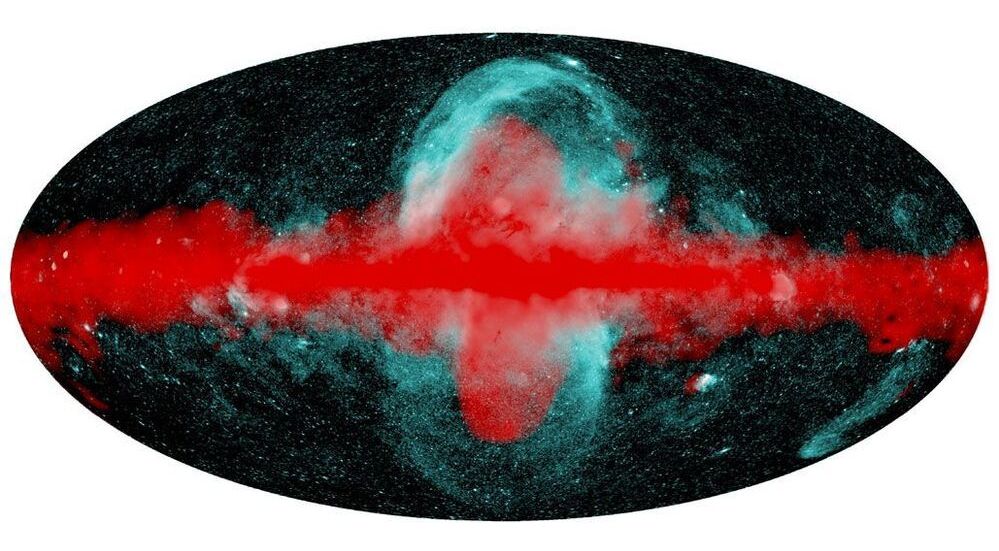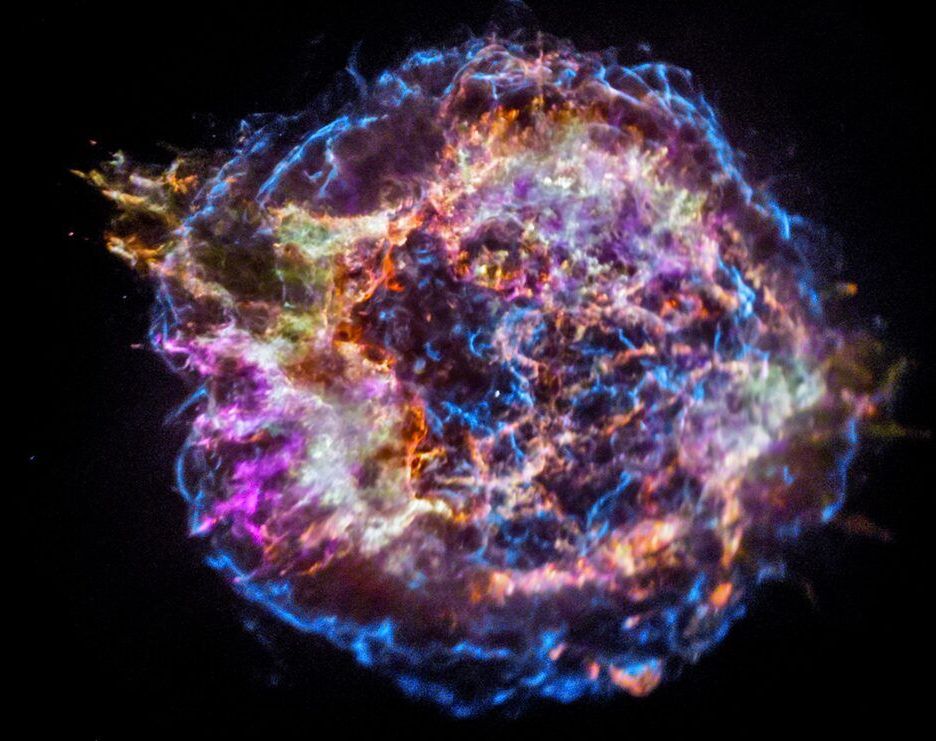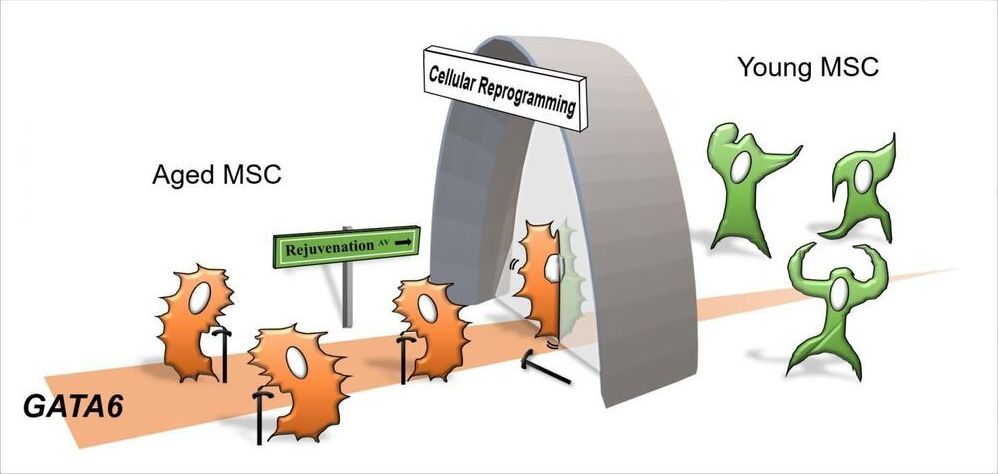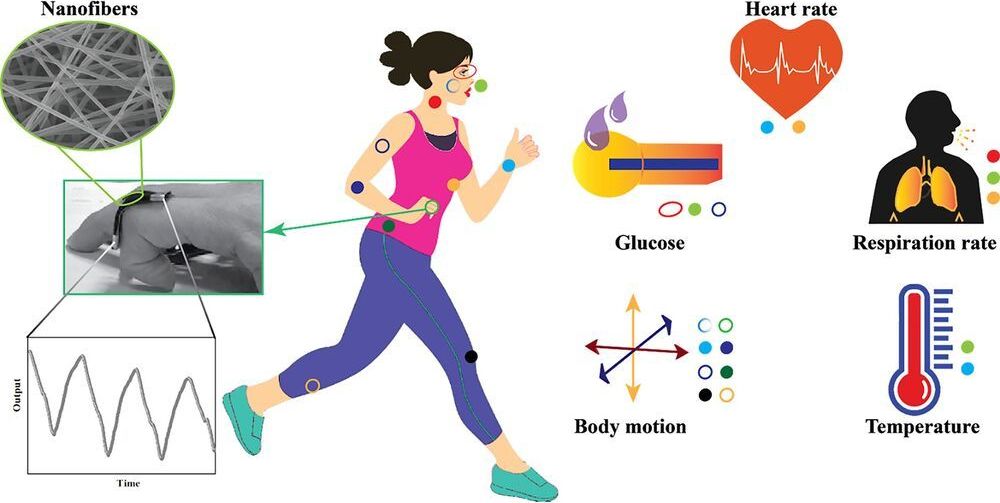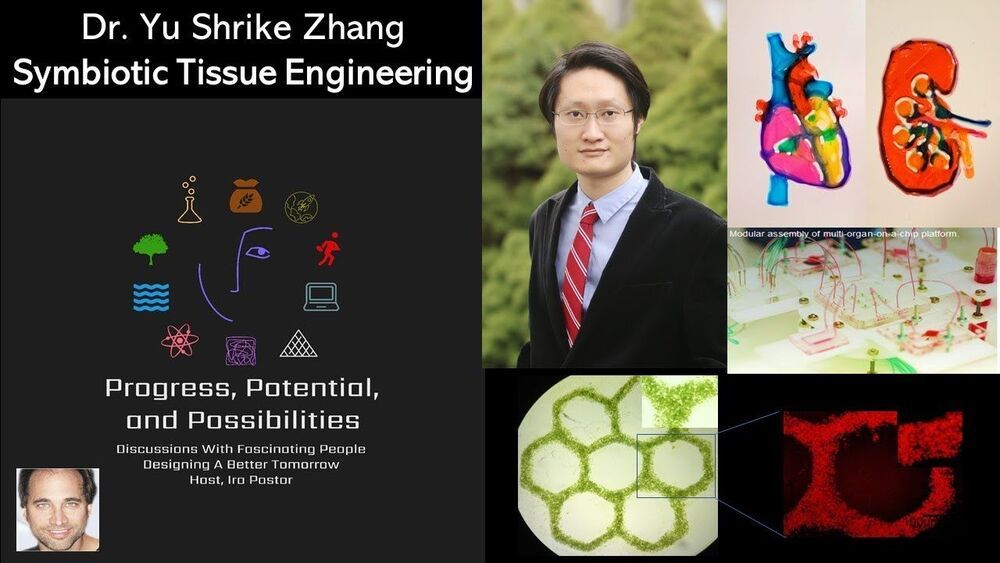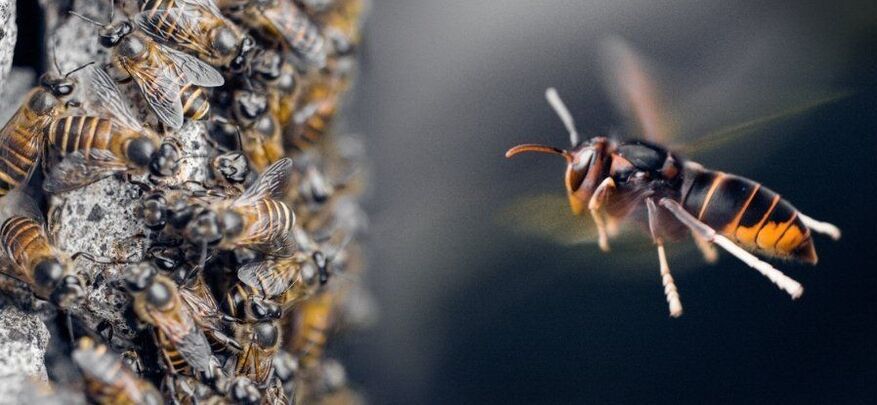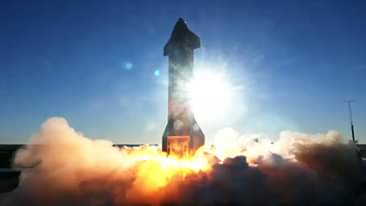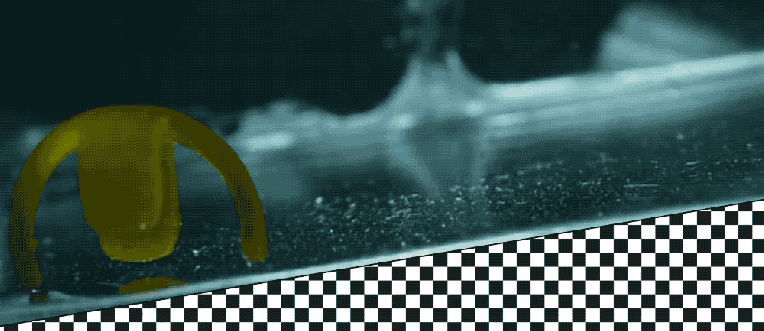Images from the eROSITA telescope reveal X-ray–emitting blobs surrounding gamma-ray bubbles.
Michigan State University researchers have discovered that one of the most important reactions in the universe can get a huge and unexpected boost inside exploding stars known as supernovae.
This finding also challenges ideas behind how some of the Earth’s heavy elements are made. In particular, it upends a theory explaining the planet’s unusually high amounts of some forms, or isotopes, of the elements ruthenium and molybdenum.
“It’s surprising,” said Luke Roberts, an assistant professor at the Facility for Rare Isotope Beams and the Department of Physics and Astronomy, at MSU. Roberts implemented the computer code that the team used to model the environment inside a supernova. “We certainly spent a lot of time making sure the results were correct.”
Advanced, others might like.
The exact gene that caused stem cell aging has been identified.
Above – When mesenchymal stem/stromal cells (MSCs) age, the transcription factor GATA6 is increasingly produced in the cell to induce aging response. By transcription factor-based cellular reprogramming, aged MSCs are rejuvenated with a reduction in GATA6 effects on cellular aging. CREDIT AlphaMed Press
University of Wisconsin-Madison researchers found that the expression of GATA6, a protein that plays an important role in gut, lung and heart development, was repressed in the reprogrammed cells compared to the control cells. This repression led to an increase in the activity of a protein essential to embryonic development called sonic hedgehog (SHH) as well as the expression level of yet another protein, FOXP1, necessary for proper development of the brain, heart and lung. “Thus, we identified the GATA6/SHH/FOXP1 pathway as a key mechanism that regulates MSC aging and rejuvenation,” Dr. Li said.
A shirt that monitors your blood pressure or a pair of socks that can keep track of your cholesterol levels might be just a few years away from becoming reality.
In an article published in Applied Physics Reviews, researchers examine the use of microfibers, and even smaller nanofibers, as wearable monitors that could keep track of a patient’s vital signs.
The microfiber- and nanofiber-based technology addresses growing concerns in the medical community about monitoring chronic illnesses like diabetes, asthma, obesity, and high blood pressure as the population ages.
Spider silk is a protein fiber spun by spiders, which they use to make webs or other structures, which function as sticky nets to catch other animals, or as nests or cocoons to protect their offspring, or to wrap up prey. They can also use their silk to suspend themselves, to float through the air, or to glide away from predators.
Each spider and each type of silk has a set of mechanical properties optimized for their biological function, but in particular, their dragline silks, have exceptional mechanical properties. They exhibit a unique combination of high tensile strength and extensibility which enables a silk fiber to absorb a large amount of energy before breaking with this estimated tensile strength several times that of steel.
Alex Greenhalgh, is the CEO, Spintex, a spin-out from the University of Oxford, pushing the boundaries of bio-inspired spinning and silk materials to provide much needed solution in sustainable and technical textiles.
Alex is a biologist and programmer with a working background in microbiology, clinical trials with a focus on GCP compliance, and silk and protein science where he has been a research assistant in the Oxford Silk Group for the last three-years. His research experience includes characterization of liquid silks and fibres with techniques such as rheology, fluorimetry, calorimetry, electrophoresis and tensile testing.
Dr yu shrike zhang phd is assistant professor at harvard medical school and associate bioengineer at brigham and women’s hospital.
Dr. Zhang’s research interests include symbiotic tissue engineering, 3D bio-printing, organ-on-a-chip technology, biomaterials, regenerative engineering, bioanalysis, nanomedicine, and biology.
His scientific contributions have been recognized by over 40 regional, national and international awards. He has been invited to deliver more than 110 lectures worldwide, and has served as reviewer for more than 500 manuscripts for as many as 50 journals.
Dr. Zhang is serving as Editor-in-Chief for Microphysiological Systems, and is Associate Editor for Bio-Design and Manufacturing, Nano Select, Aggregate, and Essays in Biochemistry.
He is also on the Editorial Board of Biofabrication, Bioprinting, Advanced Healthcare Materials, Discover Materials, BMC Biomedical Engineering, Materials Today Bio, and Chinese Chemical Letters, the Editorial Advisory Board of Heliyon and Biomicrofluidics, the International Advisory Board of Advanced NanoBiomed Research and Advanced Materials Technologies, and the Advisory Panel of Nanotechnology.
Dr. Zhang has his PhD in Biomedical Engineering from Georgia Institute of Technology / Emory, his M.S. in Bioengineering and Biomedical Engineering from Washington University in St. Louis, and his B.Eng. in Biomedical Engineering Southeast University in China.
The Asian honeybee (Apis cerana) isn’t just on the look-out for flowers. In some areas, it’s also on the prowl for poo.
When threatened by a species of giant hornet (Vespa soror) — closely related to the murder hornet — workers will fly off to collect fresh animal faeces to smear carefully around the entrance of their nest, according to a study on bee hives in Vietnam.
It’s still not clear how this dung actually protects the colony, but in the field, it appears to stop scouting hornets from chewing through the nest and causing mass slaughter.
Today we’re joined by Melodie Yashar — Designer, Researcher, Technologist, co-founder of the firm Space Exploration Architecture (SEArch+), Senior Research Associate with San Jose State University Research Foundation at NASA Ames Research Center, and an Associate Researcher within the UC Davis Center for Human/Robotics/Vehicle Integration and Performance (HRVIP). She also teaches undergraduate and graduate design at Art Center College of Design and is a 2019–2020 Future Space Leaders Fellow.
Melodie’s current work focuses on the relationship of advanced software & hardware systems for spaceflight and maintains ongoing research interests in the design of augmented environments, human-machine interaction, human performance studies, and space technology development.
As an undergraduate Melodie studied at UC Berkeley and at Art Center, and she holds graduate degrees in architecture and human-computer interaction with an emphasis in robotics from Columbia University and Carnegie Mellon University, respectively.
She also served as a Visiting Professor at Pratt Institute, as a researcher within Carnegie Mellon’s Morphing Matter Lab and Design Director of Sonic Platforms.
Having come from an interdisciplinary background, Melodie appreciates those who see research and design as a confluence of different fields—allowing problem solving to become a more thoroughly collaborative exercise.
A new robot created by researchers at Northwestern University looks and behaves like a tiny aquatic animal, and could serve a variety of functions, including moving things place to place, catalyzing chemical reactions, delivering therapeutics and much more. This new soft robot honestly looks a heck of a lot like a lemon peel, but it’s actually a material made up of 90% water for the soft exterior, with a nickel skeleton inside that can change its shape in response to outside magnetic fields.
These robots are very small — only around the size of a dime — but they’re able to perform a range of tasks, including walking at the same speed as an average human, and picking up and carrying things. They work by either taking in or expelling water through their soft components, and can respond to light and magnetic fields thanks to their precise molecular design. Essentially, their molecular structure is crafted such that when they’re hit by light, the molecules that make them up expel water, causing the robot’s “legs” to stiffen like muscles.
